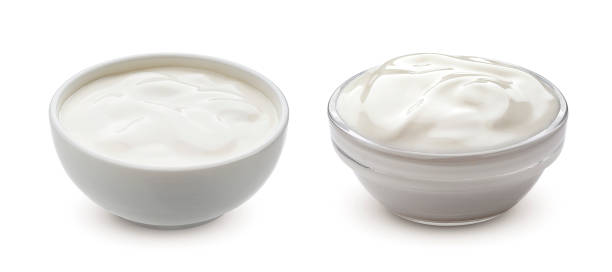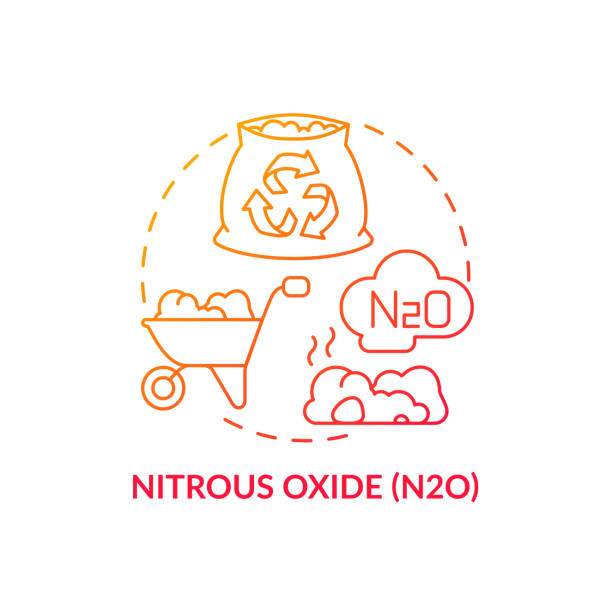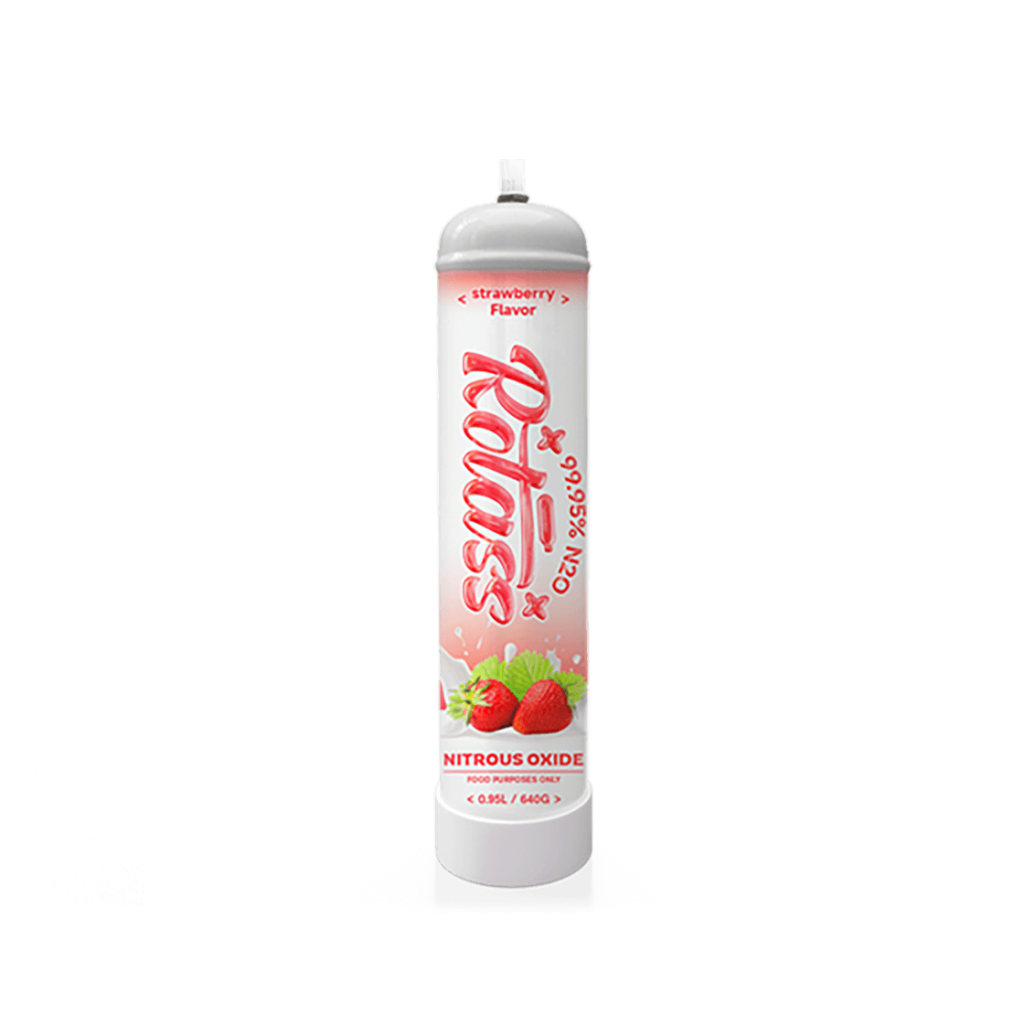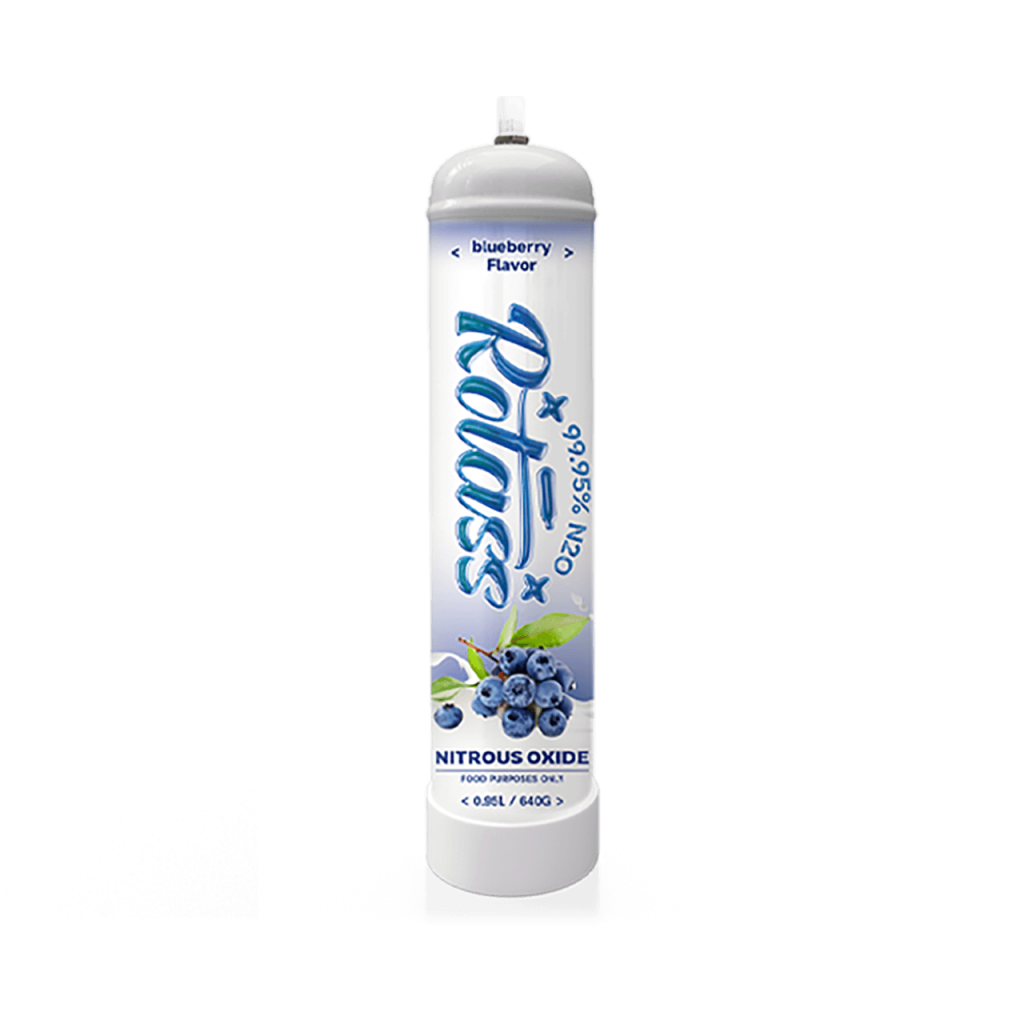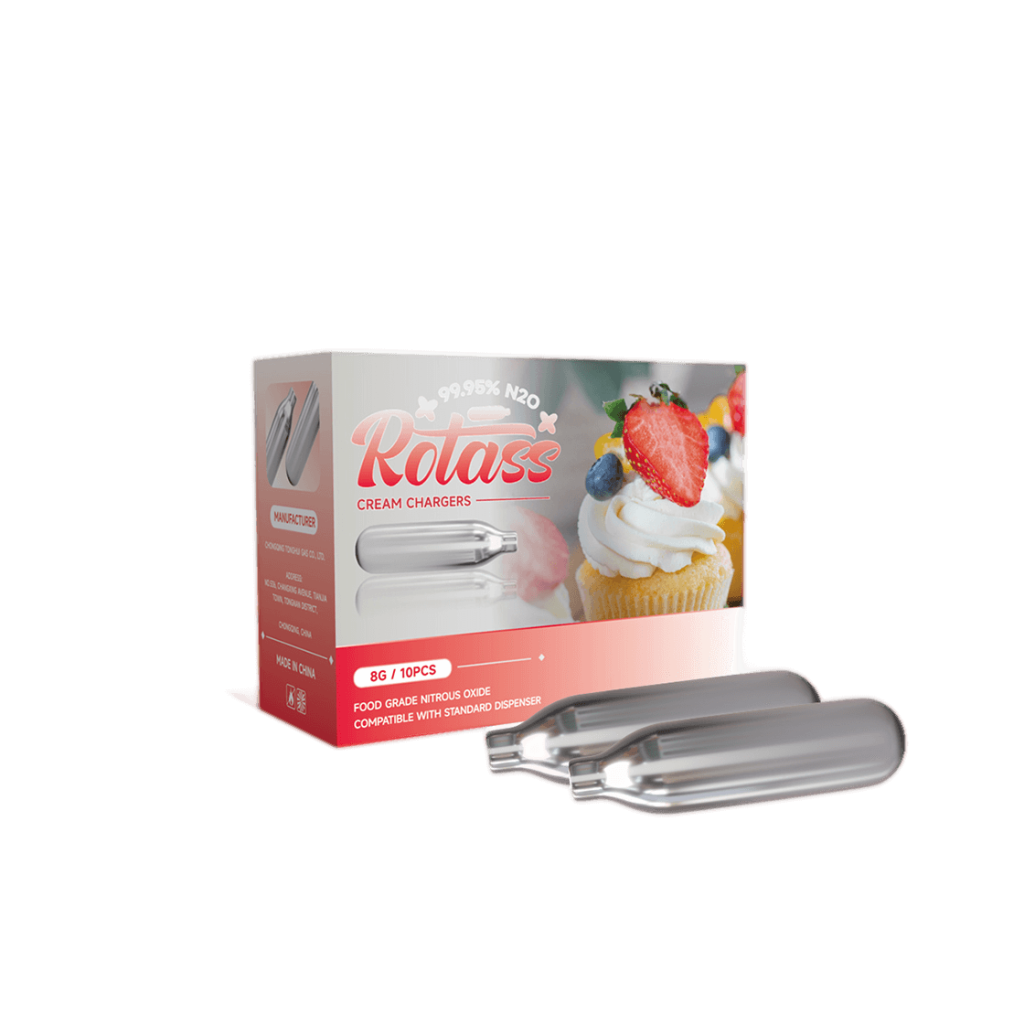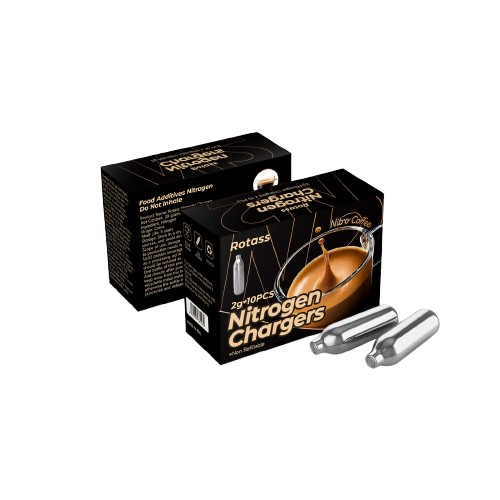2025 / 10 / 22
Whipped Cream vs Heavy Whipping Cream: Calories and Carbs You Should Know
Table of Contents
Many people like to add a layer of light cream on coffee, desserts or fruits to make the taste more smooth. But have you ever wondered how many calories are hidden behind this seemingly fluffy spoonful of whipped cream? And is the heavy whipping cream, which is often used for whipping, high in carbohydrates? These issues are not only related to body management, but also to the choices of daily diet. With these questions in mind, let’s gradually understand the differences and components of these two common creams from a nutritional perspective.
What Is Whipped Cream?
Whipped cream is a light emulsion formed by whipping heavy cream to produce air foam. It is commonly found on cakes, coffee, puddings or ice cream, adding a smooth texture and visual layers to the food.
Depending on the production method and added ingredients, whipped cream can be classified into several types:
- Unsweetened whipped cream: It contains only cream, no extra sugar, and has a purer taste and higher fat content.
- Sweetened whipped cream: Seasoned with powdered sugar, vanilla extract, etc., it has a sweet and smooth taste and naturally has a higher calorie content.
- Aerosol whipped cream: A common spray-type product on the market, it is convenient to use but usually contains stabilizers or preservatives.
Whipped cream may seem light, but because it is filled with air inside, although it is large in volume and soft in texture, it is still rich in fat. For this reason, controlling the intake becomes particularly important.
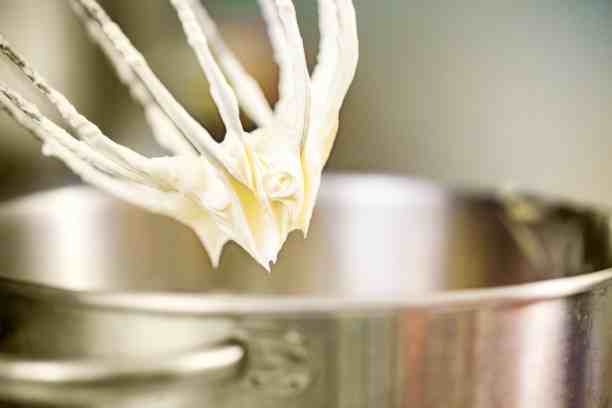
How Many Calories In Whipped Cream?
Many people are curious: how many calories in whipped cream?
Generally speaking, the calorie content of every two tablespoons (about 15 grams) of sugar-free whipped cream is approximately 50 to 60 calories. If it is the sweetened version, it may rise to 70 to 100 calories.
These calories mainly come from the milk fat in the cream, and the addition of sugar further boosts the energy value.
Take 100 grams as an example. The reference data is as follows:
| Type | Calories (per 100g) | Fat | Carbohydrates | Protein |
| Unsweetened whipped cream | 300–340 kcal | 30g | 2–3g | 2g |
| Sweetened whipped cream | 350–400 kcal | 30g | 10–12g | 2g |
In the homemade version, you can adjust the amount of sugar by yourself or use sugar substitutes instead to reduce the overall energy. However, commercially available canned cream often has a higher sugar content and additives to maintain its taste and stability. If you use it frequently, it is recommended to check the nutrition label.
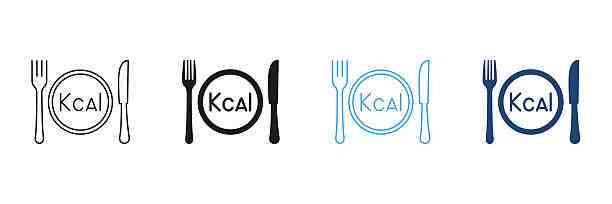
How Many Carbs In Heavy Whipping Cream?
Next, let’s take a look at another main character: heavy whipping cream. Many people think it is the same thing as whipped cream. In fact, the former is the raw material and the latter is the processed product.
So how many carbs in heavy whipping cream? The fat content of heavy whipping cream is usually between 36% and 40%, so it has a high energy density but an extremely low carbohydrate content. Each tablespoon (about 15ml) contains only 0.4 to 0.6 grams of carbohydrates, mainly from lactose.
For those who follow a low-carb or ketogenic diet, heavy whipping cream is an ideal “high-fat, low-carb” option. It can be used in coffee, sauces, soups or desserts, providing a rich taste without significantly increasing carbohydrate intake. In contrast, the carbohydrate content of whole milk is approximately 5 grams per 100ml, and the difference is quite obvious.
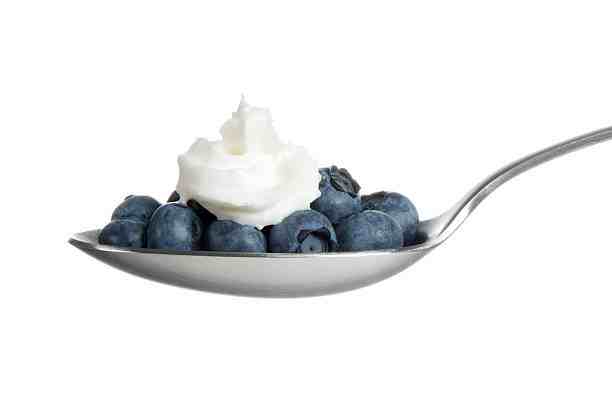
The Differences Between Whipped Cream And Heavy Cream
Although whipped cream and heavy cream are both dairy products, they are not exactly the same in form, use and nutritional value.
| Category | Whipped Cream | Heavy Whipping Cream |
| Texture | Fluffy, airy | Thick, liquid |
| Fat Content | Slightly lower (due to air) | Higher (36% or more) |
| Calories | Lower per serving | Higher energy density |
| Carbs | Varies with sugar content | Very low |
| Common Uses | Dessert topping, drinks | Cooking, baking, sauces |
It can be said that heavy whipping cream is the raw material for making whipped cream. The former is more commonly used in baking, cooking or beverage mixing, while the latter is more often found in finished desserts. There is not much difference in energy density between the two, but different usage methods will affect overall intake.
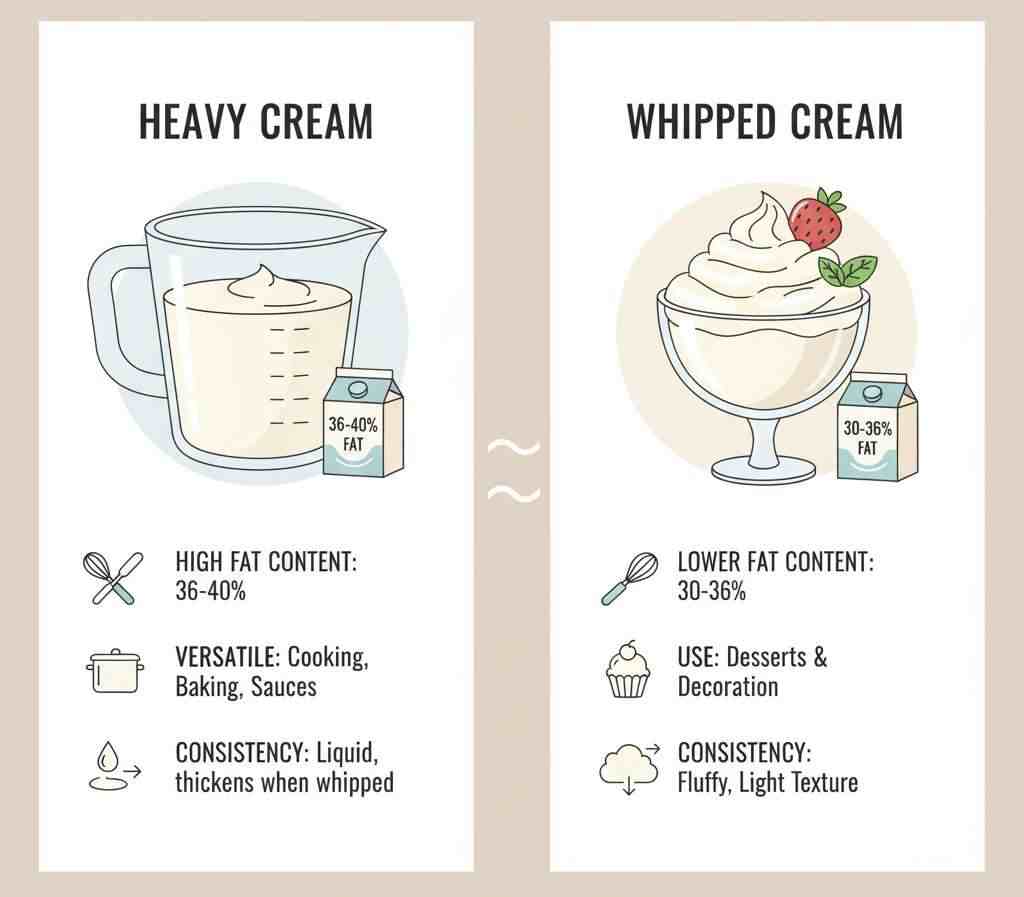
How To Enjoy Cream Healthily? Keep The Following Tips
Cream is not inedible, the key lies in how to eat it.
- Control the portion size: Adding one spoonful to your coffee or dessert is enough to avoid overeating unconsciously.
- Choose sugar-free or low-sugar versions: When making it yourself, you can use sugar substitutes (such as erythritol or stevia) as alternatives.
- Pay attention to brand differences: The nutrition labels of different brands may vary significantly, especially for canned products.
- Have a balanced diet: If you consume too much fat on a given day, you can appropriately reduce the amount of oil at other meals to maintain overall balance.
The key to a healthy diet lies in the overall combination rather than the “good” or “bad” of individual ingredients. Cream, when consumed in moderation, can definitely be a pleasant little embellishment in life.
Final Thoughts
Understanding how many calories in whipped cream and how many carbs in heavy whipping cream can not only help you manage calorie intake better, but also make dessert enjoyment more rational. The calories in Whipped cream mainly come from fat and sugar. Although heavy whipping cream has a low carbohydrate content, it has a high energy density and its intake still needs to be controlled.
Overall, cream is not an enemy of health but an ingredient that requires wise treatment. By mastering the portion size, choosing the right version and maintaining a balanced diet, you can find a balance between taste and health.
Rotass cream chargers offer a convenient and reliable way to create smooth, fluffy textures anytime.

